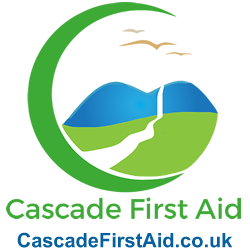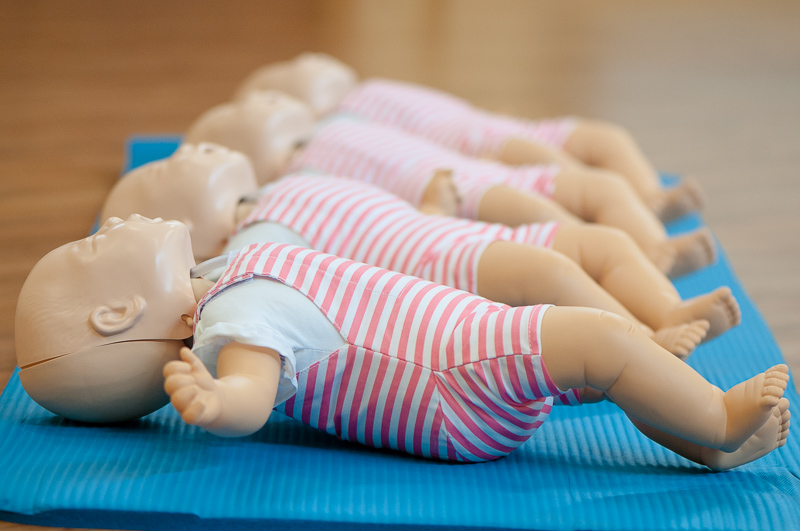This is the 2-day Ofsted, EYFS, CSSIW and SureStart compliant course. It is available as a 2-day course or a Blended course with the first day a video-based online course (however the blended course cannot be run in parallel with the classroom-only course as the order of subjects is not compatible).
This Blended version is available for a Group Booking at £600 + £30 per person online fee.
This is a Level 3 Accredited Qualification, recognised Nationally. When comparing prices, non-accredited qualifications are cheaper, however you need to make sure that they meet National Standards and be able to show this during an OfSTED inspection. Sometimes cheaper can be a false saving.
Who is the 2 day Paediatric First Aid for?
The course is aimed at anybody who comes into contact with children including pre-school staff, nursery staff, play workers, children centre staff, teachers, Learning Support Assistants, holiday camp workers, parent and toddler group volunteers, child minders, nannies, foster carers, au pairs, parent helpers, babysitters, community workers, youth workers, parents, grandparents, aunts and uncles. If you are likely to take your groups outside on field trips we also offer an enhanced Outdoor Paediatric First Aid course.
The Blended version is taken by sitting a 6-hour online part followed by 1 day in the classroom. If it is a problem to release staff for two days, then the Blended version is an ideal method for achieving the course with only 1 day away from the classroom – the online part may be fitted in as and when is convenient.

